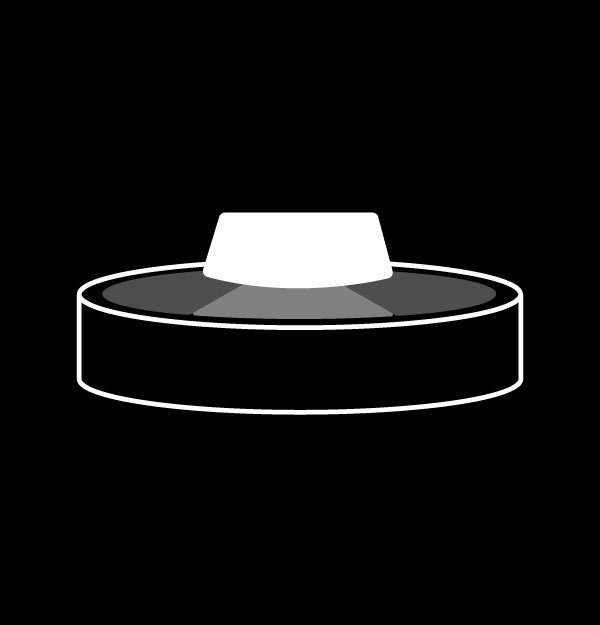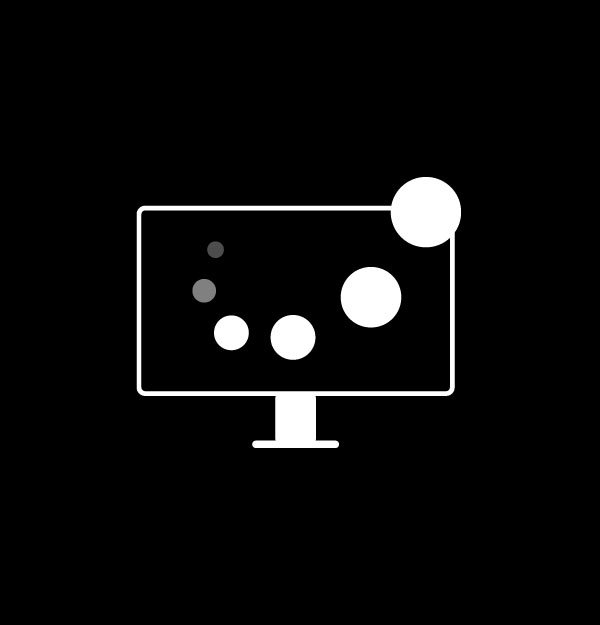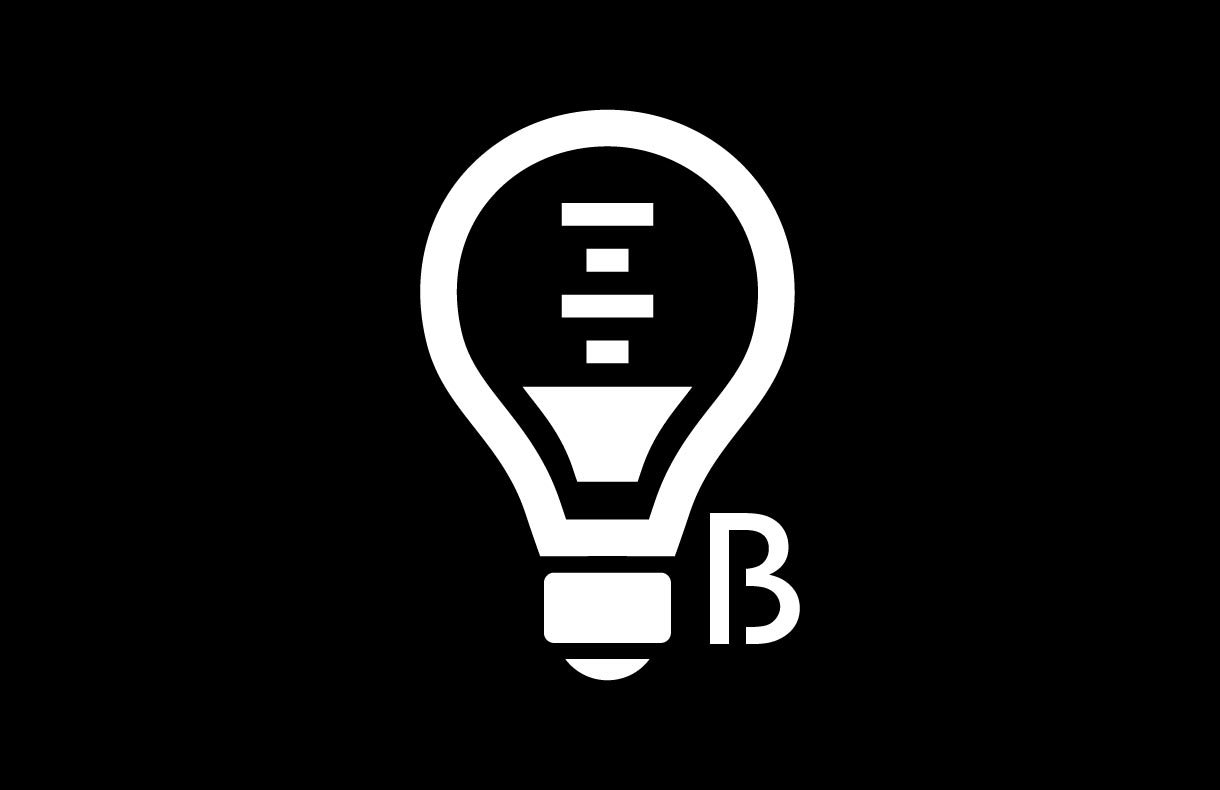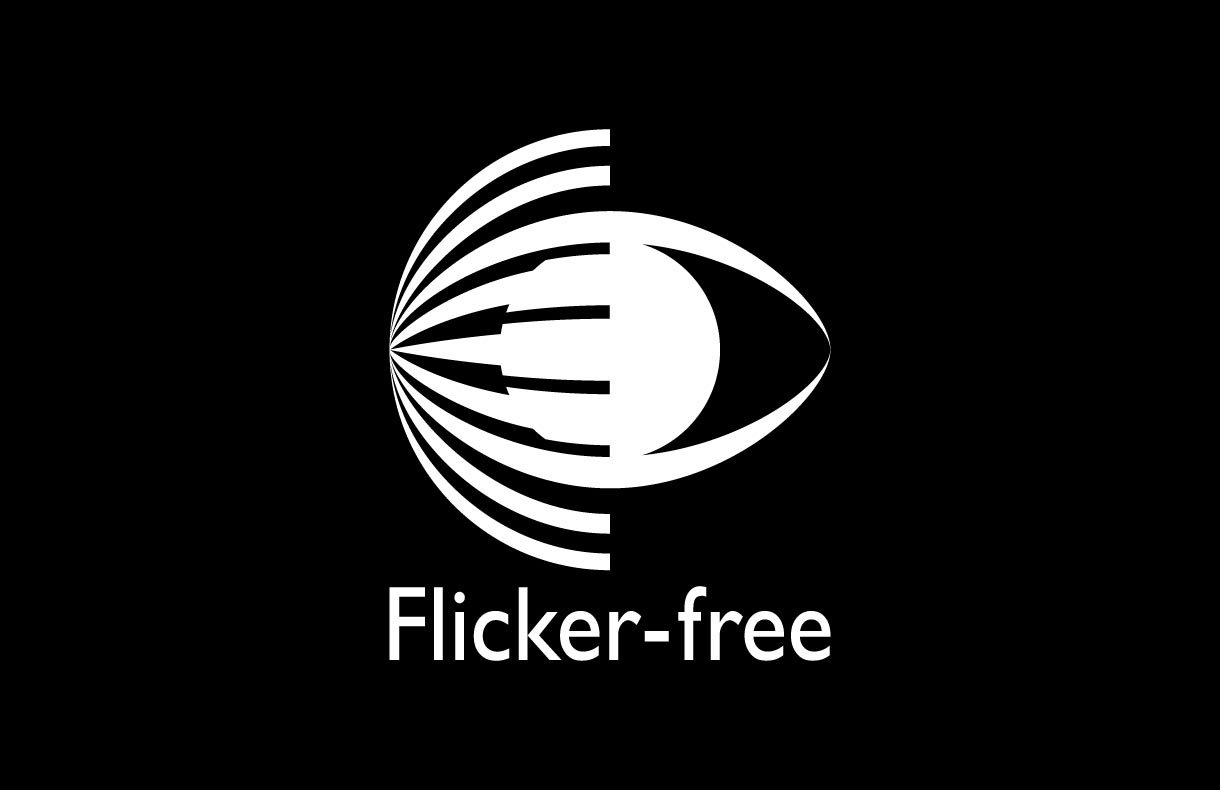Профессиональные мониторы BenQ серии DesignVue
PD3420Q|34-дюймовый ультраширокий QHD монитор с USB-C для дизайнеров
Монитор BenQ PD3420Q способен отображать более миллиарда цветов, обеспечивает быструю передачу данных/видео/аудио и питания c помощью Thunderbolt 3, обладает специальными пользовательскими режимами для повышения производительности.
Mac® и MacBook® являются зарегистрированными торговыми марками компании Apple Inc.
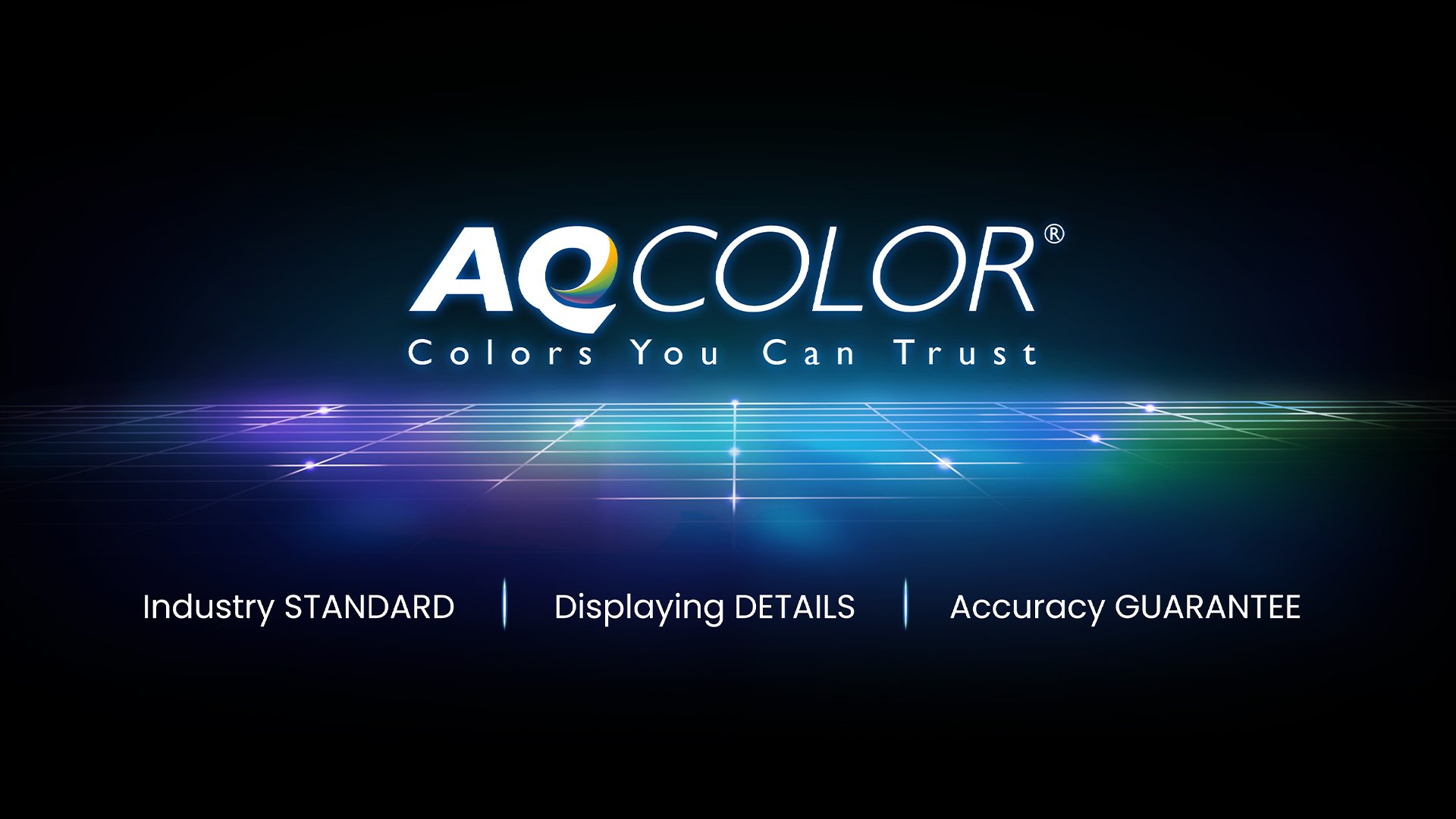

Монитор PD3420Q с широким охватом цветового пространства 98% P3, 100% sRGB и 100% Rec.709и с коэффициентом точности цвета Delta E ≤ 3, обеспечивает превосходную точность цветопередачи и абсолютную уверенность в результате работы.
Технология BenQ Uniformity обеспечивает точную настройку цвета и яркости по всей площади экрана от угла к углу для формирования изображения с естественной и стабильной цветопередачей. Эта инновационная технология обеспечивает равномерное распределение цвета на всем экране.
Без

Переключатель KVM
Новый KVM-переключатель автоматически синхронизируется с источниками ввода. Переключайе источники сигнала монитора одним нажатием клавиши Hotkey Puck G2, для повышения эффективности работы.
Пульт HotKey Puck G2
Hotkey Puck G2 облегчает навигацию по настройкам монитора, обеспечивая легкий доступ к режимам ввода, настройкам цвета и другим функциям
Режимы PIP / PBP
Разделение экрана при помощи специальных режимов картинка в картинке (PIP) и картинка за картинкой (PBP) позволяют повысить продуктивность и уменьшить время работы за проектами
USB-C
Порт USB-C обеспечивает быструю передачу видео/аудио/данных и доставку питания 65W.
Display Pilot
Программное обеспечение Display Pilot предлагает вам профессиональные инструменты для плодотворной работы.
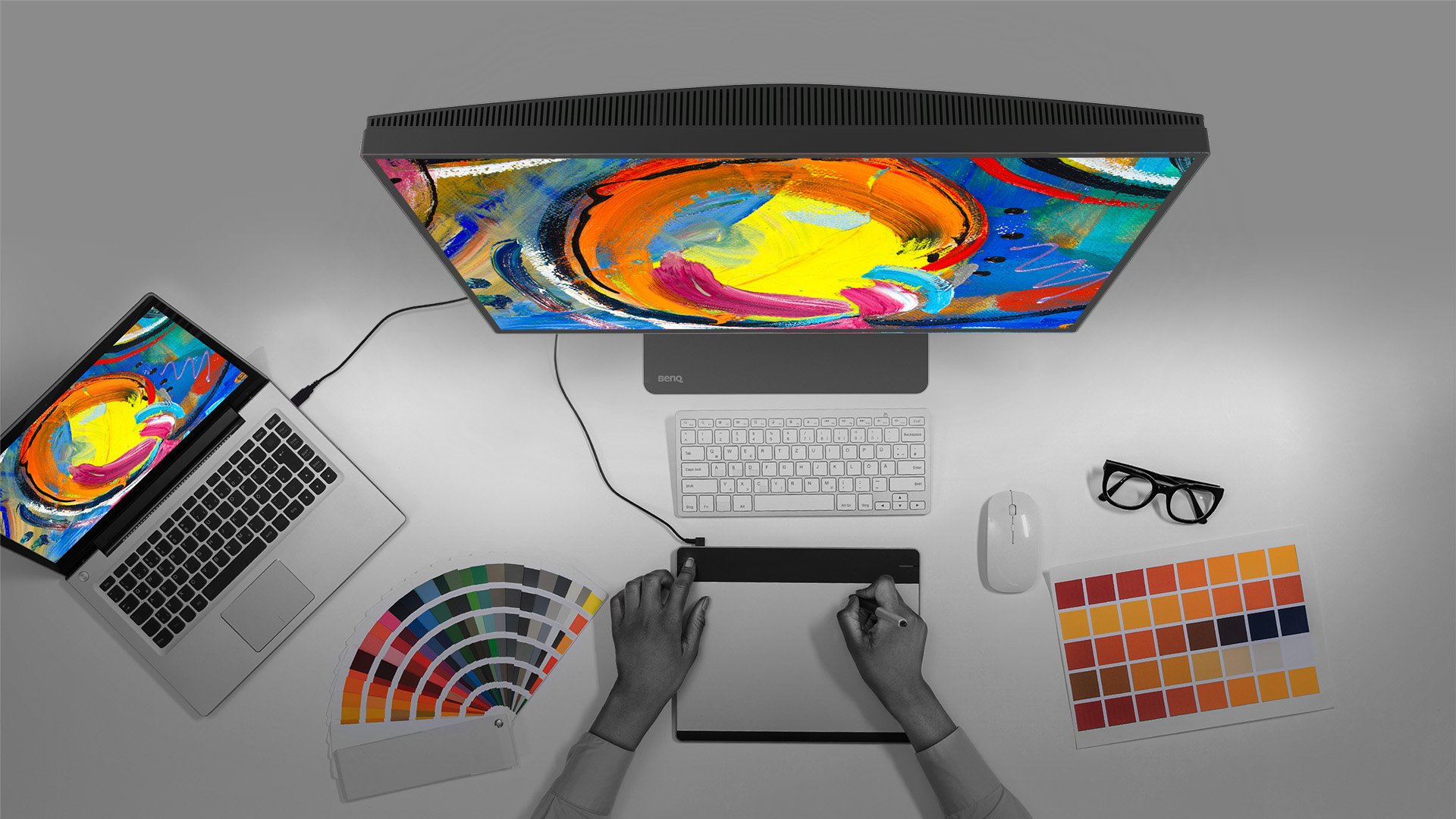

Low Blue Light
Технология Low blue light отфильтровывает вредный спектр синего излучения для защиты зрения.
Flicker-Free™
Flicker-Free™ устраняет мерцание экрана, характерное для традиционных ЖК-мониторов во время длительного использования.
Диагональ
27 дюймы
34 дюймы
Гамма цветов
100% sRGB, 100% Rec.709, 95% P3
100% sRGB, 100% Rec.709, 98% P3
Разрешение (макс.)
3840x2160
3440x1440
Delta E(avg)
≤3
≤3
HDR
HDR10, VESA DisplayHDR 400
HDR10, VESA DisplayHDR 400
ЧАСТО ЗАДАВАЕМЫЕ ВОПРОСЫ
Загрузки
Часто задаваемые вопросы и ответы
Browse all related FAQsWhat are the benefits that P3 color space offers?
P3 is a common color space for digital movie projection, offering a much wider gamut of colors than standard RGB and capable of displaying more colors. Please click and follow the instructions below, or read on to learn more about this topic.








